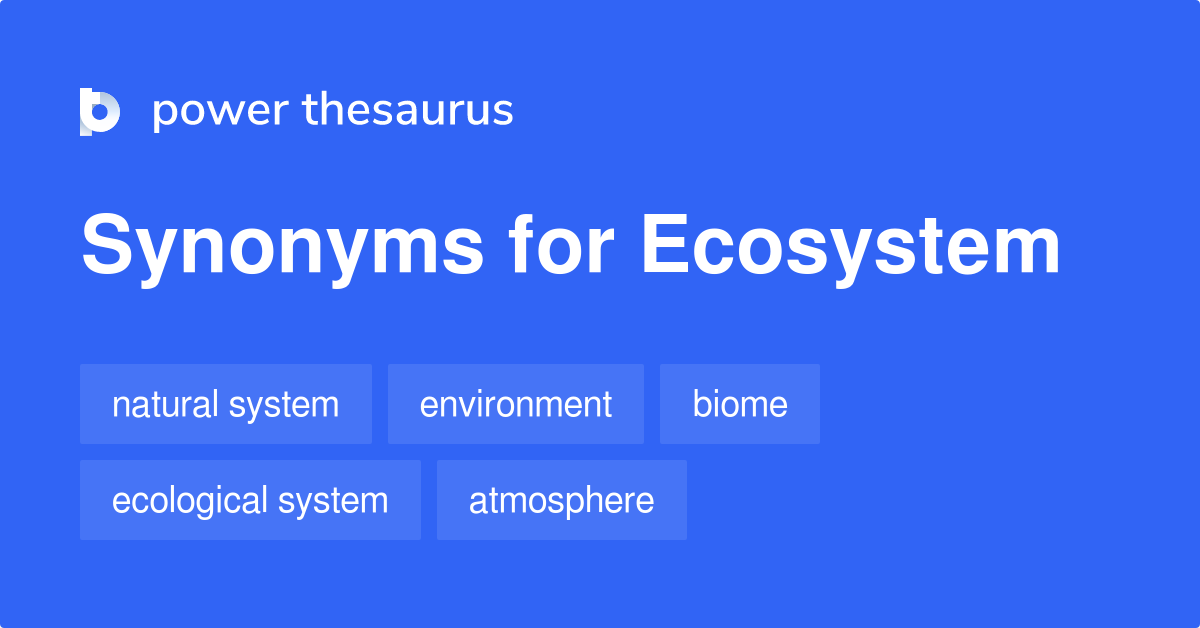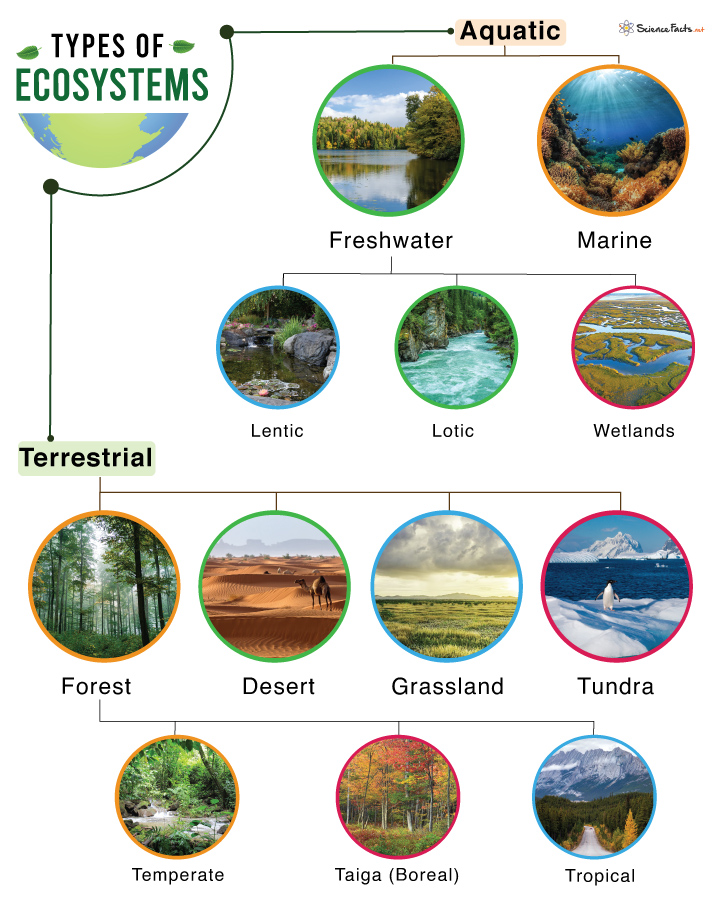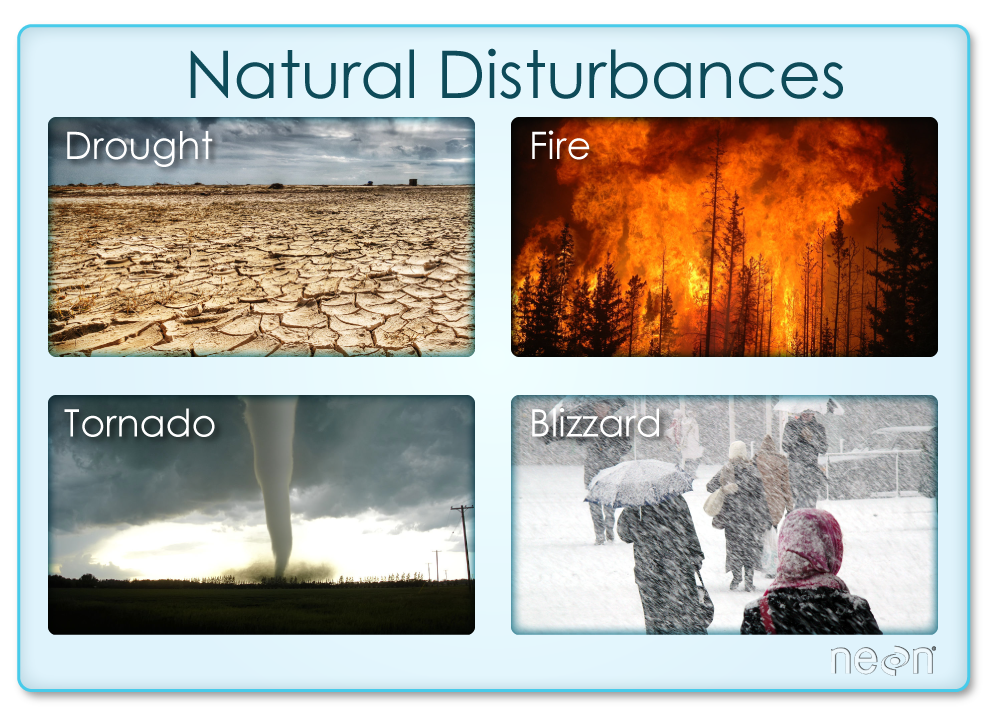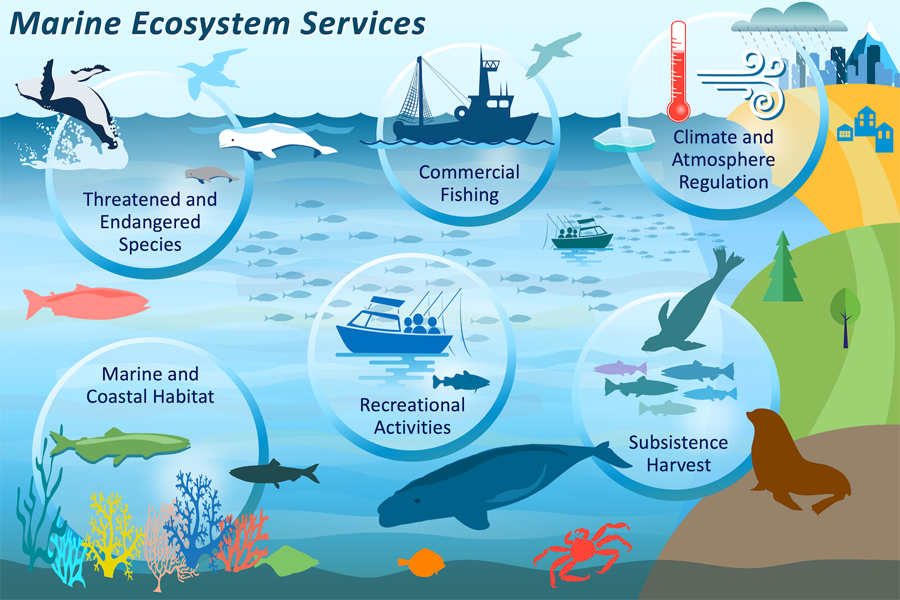Topic define ecosystem biology: Explore the fascinating world of ecosystems in biology, where life interconnects in a delicate balance, defining the vitality and diversity of our planet.
Table of Content
- What is the definition of ecosystem in biology?
- Definition and Importance of Ecosystems
- Components of an Ecosystem: Biotic and Abiotic Factors
- Types of Ecosystems: Terrestrial, Aquatic, and Marine
- Ecosystem Structure: Producers, Consumers, and Decomposers
- YOUTUBE: What Is An Ecosystem
- Energy Flow and Nutrient Cycles in Ecosystems
- Ecosystem Services: Benefits to Humans and the Environment
- Threats to Ecosystems: Pollution, Habitat Loss, and Climate Change
- Conservation and Restoration of Ecosystems
- Role of Ecosystems in Climate Regulation and Biodiversity
- Case Studies: Examples of Ecosystem Management and Restoration
What is the definition of ecosystem in biology?
In biology, an ecosystem is defined as a geographic area where various living organisms, such as plants, animals, and microorganisms, coexist and interact with each other and their physical environment. This includes the abiotic factors like climate, soil, water, and other non-living components.
An ecosystem can be of different sizes and types, including terrestrial (land-based), aquatic (water-based), or a combination of both. It can range from small-scale ecosystems like a pond or a forest to large-scale ones like a coral reef or a rainforest.
Ecosystems are characterized by the interactions between the living organisms (biotic factors) and their environment (abiotic factors). These interactions include processes like energy flow, nutrient cycling, and ecological succession.
Key components of an ecosystem include:
- Producers: These are the autotrophic organisms, mainly plants, that convert sunlight into chemical energy through photosynthesis.
- Consumers: These are heterotrophic organisms that obtain energy by consuming other organisms.
- Decomposers: These are organisms, like fungi and bacteria, that break down dead organic matter and recycle nutrients back into the ecosystem.
- Abiotic factors: These are the non-living components of the ecosystem, such as temperature, precipitation, pH level, sunlight, and nutrient availability.
An ecosystem is a complex and interconnected web of relationships, where every organism contributes to the functioning and stability of the system. Changes in one part of the ecosystem can have ripple effects on other organisms and the overall ecosystem health.
READ MORE:
Definition and Importance of Ecosystems
An ecosystem is a complex network of living organisms (biotic factors) and the physical environment (abiotic factors) interacting as a system. These interactions form a unit that supports life through nutrient cycles and energy flows, making ecosystems fundamental to sustaining life on Earth.
The importance of ecosystems lies in their role in maintaining the balance of nature. They provide essential services such as:
- Production of oxygen through photosynthesis
- Carbon sequestration, helping to mitigate climate change
- Water purification and regulation of the hydrological cycle
- Soil formation and nutrient recycling
- Providing habitat for a vast array of species, thus supporting biodiversity
Ecosystems also offer socio-economic benefits to humans, including:
- Raw materials for food, medicine, and industry
- Recreational and cultural inspiration
- Natural disaster mitigation, such as flood and erosion control
Understanding and preserving ecosystems is crucial for environmental sustainability and the well-being of all species, including humans.

Components of an Ecosystem: Biotic and Abiotic Factors
Ecosystems consist of biotic and abiotic components that interact in complex ways to sustain life. Understanding these components is key to grasping how ecosystems function and the importance of each element in maintaining ecological balance.
Biotic Factors: These are the living parts of an ecosystem, including all organisms such as plants, animals, fungi, and microorganisms. Biotic factors are categorized based on their roles within the ecosystem:
- Producers (Autotrophs): Organisms that synthesize their own food from sunlight (through photosynthesis) or chemical energy, providing the base for the ecosystem"s food web.
- Consumers (Heterotrophs): Animals and other organisms that eat living plants, animals, or organic matter for energy. Consumers are further divided into primary, secondary, and tertiary consumers, based on their place in the food chain.
- Decomposers: Organisms such as bacteria and fungi that break down dead organisms, returning essential nutrients to the soil and making them available to producers again.
Abiotic Factors: These are the non-living chemical and physical parts of the ecosystem, such as sunlight, temperature, water, minerals, and air. Abiotic factors influence how plants grow, how animals survive, and how ecosystems are structured:
- Sunlight: The primary source of energy for ecosystems, driving photosynthesis in plants.
- Water: Essential for all living organisms, influencing their distribution and activities within the ecosystem.
- Temperature: Affects the metabolic rates of organisms and can limit the distribution of living species.
- Soil: Provides nutrients and a medium for plant growth. Its composition affects the types of plants that can thrive in an ecosystem.
The interplay between biotic and abiotic factors determines the health, productivity, and sustainability of ecosystems. Maintaining the balance of these components is crucial for ecosystem resilience and the survival of species.
Types of Ecosystems: Terrestrial, Aquatic, and Marine
Ecosystems are broadly classified into three main types based on their environment: terrestrial, aquatic, and marine. Each type supports diverse forms of life, adapted to their specific conditions.
- Terrestrial Ecosystems: These ecosystems are found on land and are characterized by the wide range of climates, vegetation, and landforms they encompass. Examples include forests, grasslands, deserts, and tundra. Terrestrial ecosystems are primarily influenced by climate patterns such as rainfall and temperature.
- Aquatic Ecosystems: Aquatic ecosystems cover water bodies with fresh water, such as lakes, rivers, ponds, and wetlands. Life in these ecosystems is adapted to the water"s salt content, depth, and flow. Aquatic ecosystems play a crucial role in maintaining global water cycles and biodiversity.
- Marine Ecosystems: Marine ecosystems are located in the ocean and seas, covering over 70% of the Earth"s surface. They range from shallow coastal waters to the deep ocean, including coral reefs, mangroves, and the open sea. Marine ecosystems are essential for regulating the Earth"s climate and supporting a vast array of life forms.
Each type of ecosystem provides unique services and supports a variety of life forms, demonstrating the incredible diversity of our planet. The study of these ecosystems helps us understand the complex interactions between organisms and their environments, highlighting the importance of conservation and sustainable management.

Ecosystem Structure: Producers, Consumers, and Decomposers
The structure of an ecosystem is organized into three main trophic levels: producers, consumers, and decomposers. Each plays a vital role in the ecosystem"s energy flow and nutrient cycles, supporting the complex web of life.
- Producers (Autotrophs): These are the foundation of every ecosystem. Producers, such as plants, algae, and some bacteria, are capable of photosynthesis – converting sunlight into energy. This energy becomes the base for the ecosystem"s food web, supporting all other life forms.
- Consumers (Heterotrophs): Consumers are organisms that cannot produce their own food and must consume other organisms for energy. They are classified into:
- Primary consumers: Herbivores that eat producers.
- Secondary consumers: Carnivores that eat primary consumers.
- Tertiary consumers: Predators at the top of the food chain, consuming secondary consumers.
- Decomposers: Decomposers, including fungi and bacteria, break down dead organisms and waste products, returning nutrients to the soil where they can be reused by producers. This process is essential for nutrient recycling in ecosystems.
This structured interaction between producers, consumers, and decomposers ensures the continuous flow of energy and cycling of materials, maintaining the health and sustainability of the ecosystem.
What Is An Ecosystem
Dive into the mesmerizing world of the ecosystem, where every living organism plays a vital role in maintaining the delicate balance of nature. Discover the fascinating and interconnected web of life in this captivating video that will leave you in awe of the intricate beauty of our planet.
Ecosystem Definition and Example in Biology
Unlock the secrets of biology as you embark on a thrilling exploration of life\'s mysteries. From the tiniest cells to the vast diversity of species, this video will take you on an exhilarating journey through the fascinating realm of biology, shedding light on the wonders of life and its countless complexities.
Energy Flow and Nutrient Cycles in Ecosystems
The sustainability of ecosystems relies on the continuous flow of energy and the recycling of nutrients. These processes are essential for the survival of organisms and the overall health of the ecosystem.
Energy Flow: Energy in ecosystems flows in a linear direction, from the sun to producers and then through various levels of consumers before being lost as heat. This flow begins with photosynthesis, where producers convert solar energy into chemical energy. Consumers then transfer this energy up the food chain, with a portion lost as heat at each trophic level.
- Solar Energy: The primary source of energy for most ecosystems, captured by producers.
- Trophic Levels: The levels of a food chain through which energy flows, from producers to primary, secondary, and tertiary consumers.
- Energy Efficiency: Only a small percentage of energy is transferred between trophic levels, leading to fewer organisms at higher levels.
Nutrient Cycles: Nutrients such as carbon, nitrogen, and phosphorus cycle through ecosystems, moving between the atmosphere, soil, water, and organisms. These cycles are crucial for maintaining the productivity and functionality of ecosystems.
- Carbon Cycle: Involves the exchange of carbon among the atmosphere, oceans, soil, plants, and animals.
- Nitrogen Cycle: Nitrogen is converted into various chemical forms as it circulates among the atmosphere, soil, and living organisms.
- Phosphorus Cycle: Phosphorus moves between the soil and living organisms, critical for cell function and growth.
Understanding the energy flow and nutrient cycles is fundamental to ecology, highlighting the interconnectedness of life and the environment.

Ecosystem Services: Benefits to Humans and the Environment
Ecosystem services are the many and varied benefits that ecosystems provide to humans and the environment. These services are essential for human well-being, economic stability, and environmental health. They are often categorized into four main types:
- Provisioning Services: These are the products obtained from ecosystems, including food, fresh water, timber, fiber, and genetic resources. Provisioning services supply the essential materials for our survival and economic activities.
- Regulating Services: Ecosystems regulate essential environmental processes and life-support systems, such as climate regulation, flood control, disease regulation, and water purification. These services help mitigate environmental hazards and provide protection against natural disasters.
- Supporting Services: These services are necessary for the production of all other ecosystem services, including soil formation, nutrient cycling, and primary production. Supporting services underpin our planet"s basic life processes, making other services possible.
- Cultural Services: Ecosystems provide recreational, aesthetic, and spiritual benefits that contribute to human well-being and cultural identity. These include tourism, recreational activities, and the inspiration for art, folklore, and national heritage.
The recognition and preservation of ecosystem services are crucial for sustainable development. By understanding and valuing these services, we can better manage and conserve ecosystems for the benefit of all life on Earth.
Threats to Ecosystems: Pollution, Habitat Loss, and Climate Change
Ecosystems face numerous threats that can undermine their health and sustainability. These threats not only impact the environment but also the biodiversity and services ecosystems provide to humans. Understanding these challenges is the first step towards mitigating their effects.
- Pollution: Chemicals, plastics, and other pollutants can contaminate air, water, and soil, affecting the health of all living organisms within an ecosystem. Pollution can lead to the degradation of habitats and loss of species.
- Habitat Loss: Deforestation, urbanization, and agriculture can lead to the destruction of natural habitats. This loss reduces biodiversity, disrupts ecosystems, and diminishes the services they can provide to humans and the environment.
- Climate Change: Changes in temperature and weather patterns can alter ecosystems, making it difficult for native species to survive. Climate change can lead to shifts in habitats, increased risk of wildfires, and changes in the availability of water, further stressing ecosystems.
Addressing these threats requires concerted global efforts to reduce pollution, protect natural habitats, and mitigate the impacts of climate change. By taking action to preserve ecosystems, we can ensure the continued provision of vital services and maintain biodiversity for future generations.

Conservation and Restoration of Ecosystems
Conservation and restoration of ecosystems are critical strategies for maintaining biodiversity, ensuring ecosystem services, and combating the effects of global environmental challenges. These efforts aim to protect natural habitats, restore degraded areas, and sustain the health and functionality of ecosystems for future generations.
Conservation Strategies
- Protected Areas: Establishing and managing protected areas such as national parks, wildlife reserves, and marine sanctuaries to safeguard habitats and species.
- Sustainable Use: Implementing sustainable use practices that allow for the responsible consumption of natural resources without compromising ecosystem health.
- Legislation and Policies: Developing and enforcing laws and policies that protect endangered species, regulate pollution, and promote environmental stewardship.
- Community Involvement: Engaging local communities in conservation efforts, recognizing their traditional knowledge and encouraging stewardship of natural resources.
Restoration Techniques
- Reforestation: Planting trees in deforested areas to restore habitat, increase carbon sequestration, and enhance biodiversity.
- Wetland Restoration: Rehydrating dried wetlands, rebuilding water flow patterns, and reintroducing native plants and animals to restore these vital ecosystems.
- Invasive Species Control: Removing or managing invasive species that threaten native biodiversity and ecosystem balance.
- Remediation of Polluted Sites: Cleaning up polluted areas through methods like bioremediation, which uses natural organisms to detoxify contaminated sites.
Importance of Ecosystem Conservation and Restoration
Conserving and restoring ecosystems is essential for preserving biodiversity, which is crucial for ecosystem resilience and human well-being. Healthy ecosystems provide vital services, including clean air and water, pollination of crops, climate regulation, and disease control. Moreover, these efforts help mitigate the impacts of climate change by enhancing carbon sinks and protecting against natural disasters like floods and landslides.
In conclusion, the conservation and restoration of ecosystems are indispensable in maintaining ecological balance and ensuring the sustainability of our planet for current and future generations. Through collective action and sustainable management, we can safeguard the Earth"s invaluable natural heritage.
Role of Ecosystems in Climate Regulation and Biodiversity
Ecosystems play a pivotal role in regulating the Earth"s climate and sustaining biodiversity, both of which are essential for maintaining the balance of life on our planet. Through complex interactions among organisms and between organisms and their environment, ecosystems contribute to climate stability and the preservation of a wide variety of species.
Climate Regulation
- Carbon Sequestration: Forests, oceans, and wetlands act as carbon sinks, absorbing CO2 from the atmosphere and mitigating the effects of climate change.
- Temperature Control: Vegetation cover, especially in urban areas, can lower surface and air temperatures, reducing the urban heat island effect.
- Water Cycle Regulation: Ecosystems such as rainforests and wetlands play a crucial role in the water cycle, including precipitation and the distribution of freshwater resources.
Supporting Biodiversity
- Habitat Provision: Diverse ecosystems provide habitats that support a wide range of species, from the largest mammals to the smallest microorganisms.
- Nutrient Cycling: The decomposition of organic matter and the recycling of nutrients by ecosystems support plant growth and soil fertility, which in turn supports diverse life forms.
- Genetic Diversity: Ecosystems with high biodiversity tend to have a greater variety of genes, which can enhance species resilience to environmental changes and diseases.
Interconnected Benefits
The role of ecosystems in climate regulation and biodiversity is interconnected, with the health of one affecting the other. For example, healthy ecosystems that regulate climate change can better support biodiversity, while diverse ecosystems are more resilient to climate extremes and can thus better contribute to climate regulation.
In summary, ecosystems are indispensable for climate regulation and the support of biodiversity. Protecting and restoring ecosystems is not only crucial for the environment but also for human health and well-being, highlighting the need for global conservation efforts to ensure the sustainability of these vital natural resources.
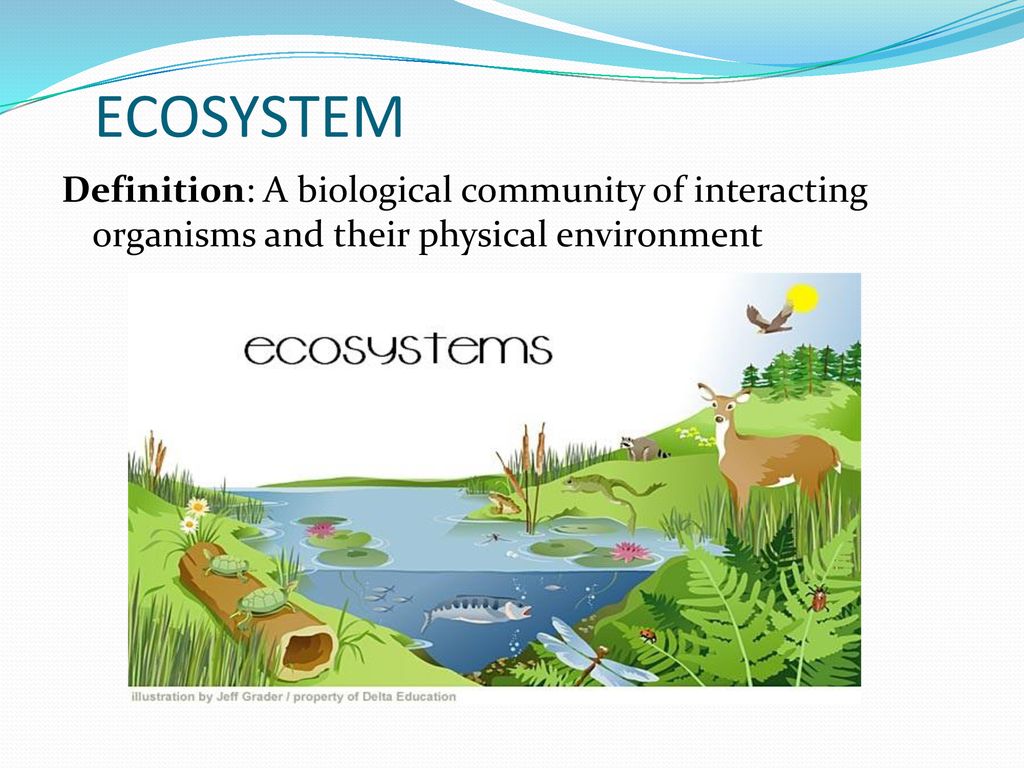
READ MORE:
Case Studies: Examples of Ecosystem Management and Restoration
The following case studies illustrate successful initiatives in ecosystem management and restoration, showcasing the positive impact of concerted efforts in environmental conservation and recovery. These examples highlight the importance of integrated approaches that involve communities, governments, and international organizations.
1. The Amazon Rainforest - Brazil
Efforts in the Amazon include reforestation and sustainable management practices to combat deforestation and preserve biodiversity. The initiative involves local communities in conservation efforts, promoting agroforestry and ecotourism to provide sustainable livelihoods while protecting the forest.
2. The Great Barrier Reef - Australia
Management strategies for the Great Barrier Reef focus on improving water quality, controlling fishing, and protecting habitats. Restoration projects also include coral planting to help recover areas affected by bleaching, with significant involvement from research institutions and conservation organizations.
3. Yellowstone National Park - USA
The reintroduction of wolves to Yellowstone National Park is a prime example of how restoring a keystone species can rebalance ecosystems. This action helped control elk populations, leading to the recovery of vegetation and the return of other species, demonstrating the interconnectedness of ecosystem components.
4. The Loess Plateau - China
This project transformed an eroded landscape into productive land through terrace farming, tree planting, and sustainable agriculture practices. It improved local livelihoods, increased biodiversity, and enhanced ecosystem services such as water regulation and soil retention.
5. Lake Urmia Restoration - Iran
Efforts to restore Lake Urmia, one of the largest saltwater lakes, include water management to reduce consumption and increase inflow, and the use of salt-tolerant plants to revive the ecosystem. These actions have begun to raise water levels and reduce salinity, showing signs of ecological recovery.
These case studies exemplify how targeted ecosystem management and restoration efforts can lead to significant environmental and social benefits. They underscore the necessity of adopting multi-faceted approaches to conservation that address the root causes of degradation and leverage the power of nature for recovery.
Exploring the intricacies of ecosystems reveals the interconnectedness of life and the critical role of conservation and restoration in sustaining our planet. Join us in discovering how ecosystems function and the ways we can contribute to their health and resilience.
